
What’s next for Teranode
2024 has been an exciting year for the BSV Blockchain team, with a key highlight being the first official tests of Teranode. Here’s what you
Engineered for Scalability, Primed for Growth: Unleash Innovation with Uncompromised Data Integrity, Powered by BSV's Teranode Technology.

Enabling Unbounded Scaling for a truly global blockchain
In today’s world, available resources dictate the bounds to the amount of transaction activity that blockchain can support. Teranode has no built-in limits. Operators are free to add resources and expand these bounds by magnitudes.
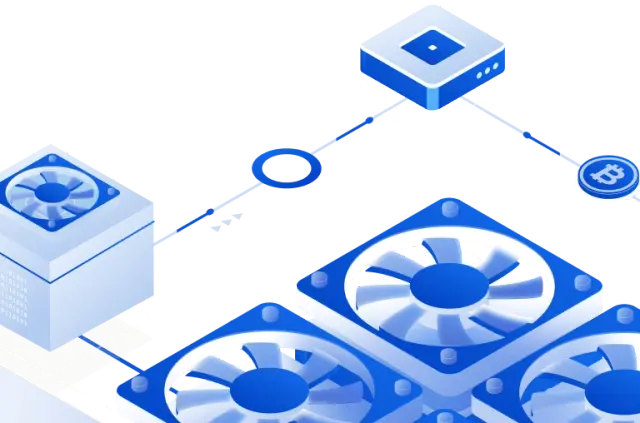
Teranode parallelises network nodes and microservices, enabling limitless scalability, guided by three foundational principles:
Supporting a global network with distributed mining nodes, processing millions of microtransactions, and expanding known limits.
Teranode serves high-volume transaction nodes for enterprise and government use. These clients, whether contracting with nodes or running their own, drive the Teranode initiative.
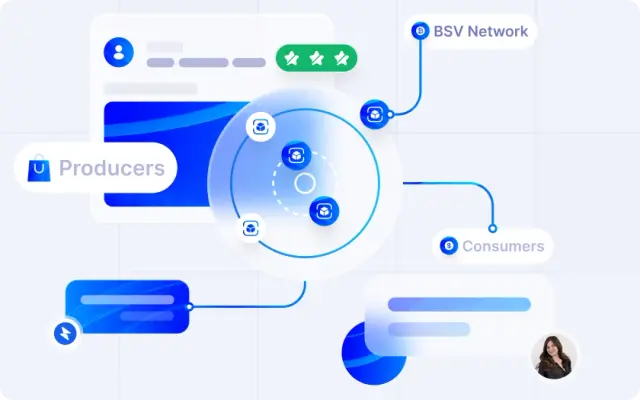
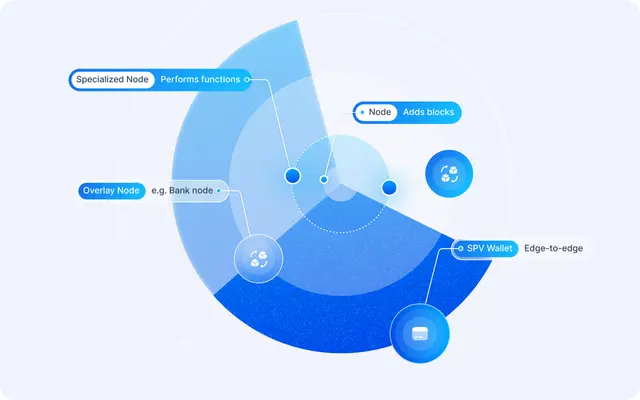

2024 has been an exciting year for the BSV Blockchain team, with a key highlight being the first official tests of Teranode. Here’s what you

Discover how the BSV blockchain is set to evolve with the introduction of Teranode, a groundbreaking node software designed to enhance scalability, efficiency, and stability.

Dive SV Node’s phased handover to Teranode, and see how these systems will coexist to push the boundaries of blockchain technology.
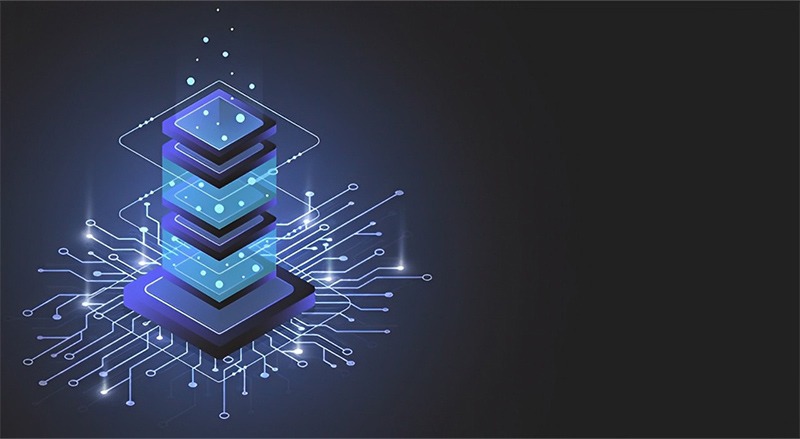
BSV Blockchain is pleased to announce that it has successfully hit the milestone of 100 billion transactions per day as part of its Teranode testing.
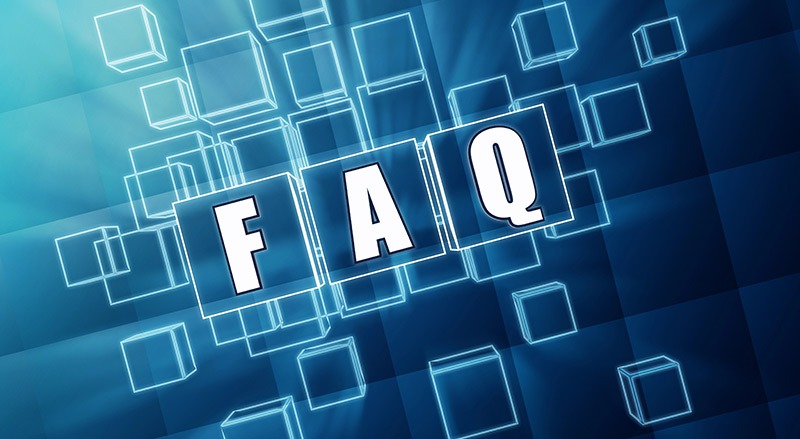
Discover everything you need to know about integrating Teranode with the BSV Blockchain network. This comprehensive FAQ covers key updates, how Teranode will enhance transaction

While blockchain has often been mischaracterised as a ‘solution looking for a problem’, the advent of Teranode and its incredible scaling capabilities highlight that this
Send us a message and let us know about your needs.
Please contact contact@BSVblockchain.org
Stay updated with the BSV Blockchain's latest news and
events.
Subscribe to our weekly newsletter.